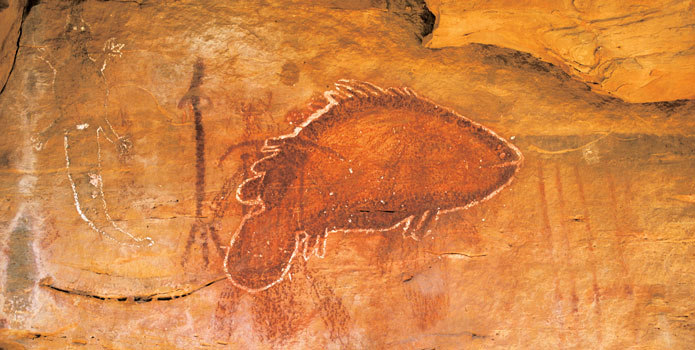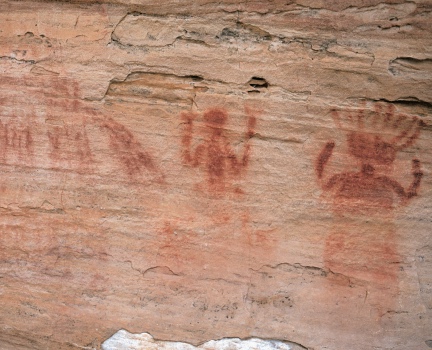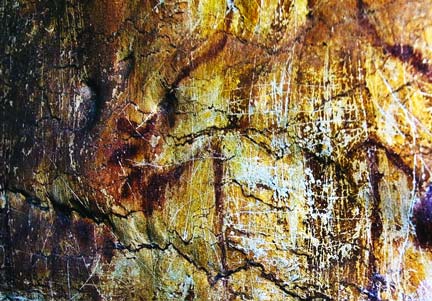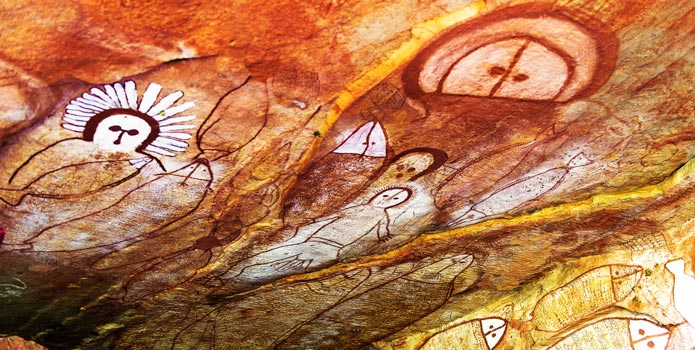Kimberley Rock Art – How Meanings Change
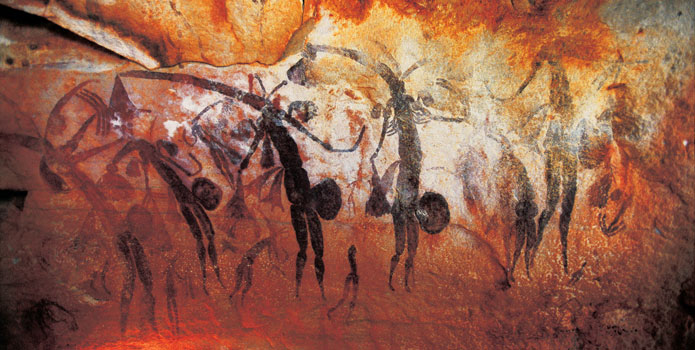
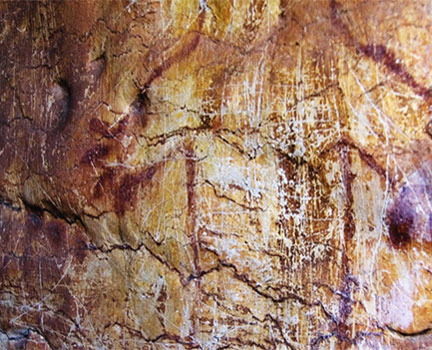
Professor Peter Veth of the University of WA leads the Kimberley Visions project, involving comparative archaeological documentation and dating of early rock art repertoires from across the Kimberley and western Arnhem Land in northern Australia.
In this interview, Peter explores how the context of rock art and how its meanings can change.
How do you describe Kimberley Visions Project?
We're interested in how regional art systems developed through time. We want to learn more about how that relates to the identity of contemporary Indigenous people today. What they call their estates. What art will be shared with some of the groups and not others?
If you go back through time, you can see that some of those traditions are shared over very different spatial areas. This includes regions right across to the Northern Territory. We're interested in how that change happened over time. We interested in the dynamic long term view of how culture is configured and how people make an identity.
The local Indigenous people have their story and their history. Are the Indigenous people interested in what you're doing?
Yes, they are interested. At the same time, they have their own origin narratives but they're not threatened by other approaches. Some communities use the information we put together to apply for funding for support of local projects. Personally, I'm not particularly worried if the artwork is 20 or 50,000 years old. I'm more interested in the story, the narrative.
What do you mean by origin narrative?
I’ll give you an example. We might find evidence that people are trading and exchanging goods. They might have relations, really close relations with groups in a particular area. This might shift and change through time because of sea level rise. This provides new ways of identifying who a tribal group is.
This information can sit along side traditional stories about how change happened. Aboriginal people would have their own origin narrative saying what happened. We use cultural social science models and dating to get these deep time stories, story lines. The local people use their own oral tradition and they often weave them together. How much interest there is in our work varies from community to community.
What are the major themes expressed in the early rock art?
I think things like totemism comes in really early. You start to see plants and animals with human heads. You see hybrid animal forms. These are still described today. They were described in the 1900’s.
A person might talk about their totem as being a particular animal or a plant. That has to do with your estate, which way you marry, where you believe you can and can't go, where you might even have your conception site. People start to depict this in the arts very early.
Does the meaning of rock art change over time?
The thing to remember with this art, we call it art, these markings, or these repositories, these histories, is that people go back today and give them their own meaning.
They are going back and saying "well, I interpret this in such and such a way and I'm now going to go off to paint the following things with it. We call it a recursive relationship. I think that's the thing to remember with the art on the stone and the art off the rocks. People are constantly using it as a memory bank and then reinterpreting it.
There's no way those meanings would have stayed static. Culture is dynamic. That's entirely appropriate. We should expect the art to have multi-variant meanings. Some may go back to the original origin narratives. Others will be about changing events happening today in the community. That's fascinating.
Image Usage: images are being used with the permission of the copyright owner. Please do not copy or reproduce these images without obtaining permission. Wandjina® is a registered trademark of the Kimberley Aboriginal Law and Cultural Centre.
Aboriginal Rock Art Article Series:
